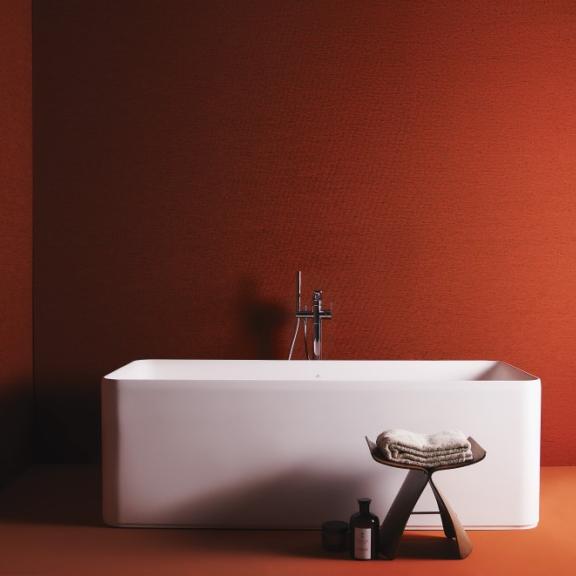How to price a project
With different ways to price a project possible, we take a look at the options

Interior design can be priced in a number of different ways. It doesn’t have to be priced using just one of them but might be a combination. Each of the options has its own particular implications in terms of making a profit, bringing in clients and managing your time. Here, we examine the methods designers have told us they opt for when pricing projects and any issues that might arise when taking this route.
How designers price
We surveyed interior designers in 2019 on how they charge for design work including visiting site, taking a brief, developing a design and producing drawings. 51% of respondents used a combination of charges. This was the largest proportion of respondents, the majority of whom specialised in residential interior design.
Meanwhile, 21% used a fixed fee, 18% an hourly rate, 6% a percentage of total project costs, and 4% charged in another way.
We examine some of the methods of pricing.
Fixed fee
Charging for interior design work by fixed fee was a method of pricing used by a fifth of the respondents to the survey (21%). The designer calculates how long the project will take, the overheads involved, and produces a fee for their work through out the project. This can appeal to many clients, as the client has peace of mind costs will stay within their initial budget. However, it relies on being able to estimate the time a job will take accurately, and when more time is needed than anticipated or there are issues or delays that are out of your control (for example with sourcing and deliveries or tradespeople), profit is diminished.
Where a client wishes to expand a project once it is under way, charging by fixed fee means negotiating a new fee for the additional work because this isn’t covered by the initial agreement, and this might be challenging. Allowing for complications by increasing the fee quoted could mean giving a price that the client finds unacceptable. It is therefore important to communicate clearly with clients and have contracts stating what the fixed fee includes and what is subject to additional charge.
Hourly rate
An hourly rate is a way of pricing used by 18% of the respondents to the survey. The survey asked for the hourly rate of the most senior designer in the practice, and this was up to £75 for 59% of respondents, and £76 to £150 for 41% of respondents.
An hourly rate allows for the brief to be changed or enlarged since the extra hours involved can be charged at the pre-agreed rate. Likewise, any issues that arise in the course of the project that take up additional time are covered (although this may not prevent clients questioning these hours).
Clients’ expectations generally can make this way of pricing open to challenge because they don’t have an idea of how many hours of work a project entails. Explanation and education is often required. Clients may remain resistant to the idea of an hourly rate as a concept and express a strong preference for a fixed fee. Keeping accurate track of time spent, especially when out and about or dealing with client messages, adds an administrative burden to this way of pricing.

Daily rate
A daily rate is an alternative to an hourly rate with many similar pros and cons. For designers, observing the total time on which the daily rate is calculated can be crucial to avoid lowering their hourly rate (and therefore the value of their work) through putting in long days. Clients will likely expect some guidance on the number of days expected on a project and conitunued communication is imperative to a positive working relationship.
Percentage of total project costs
Just 6% of respondents to the survey used a percentage of the total project costs as a way of pricing. The majority, 53%, charged a percentage of 6 - 10, while 33% charged over 16 percent, and 13% charged a pecentage of 11 to 15.
Pricing this way can have the advantage of familiarity if clients have worked or are working with architects, and the architect fees are calculated as a percentage of the construction cost. Some clients may be resistant to this type of calculation, and express a preference for a fixed fee.
Advertising fees
The vast majority of survey respondents – 80% – said they did not list their fees on their websites. Some 10% said they did, while 11% did so for some services. For some designers the answer to the question 'should you publish fees on your site' is yes as it allows clients to understand what interior design costs, and makes the process of working with a designer more transparent for them from the start.
Pricing projects
Each way of pricing a project has its benefits as well as inherent issues, which may include client attitudes, administrative burden, and of course the balance between winning commissions and generating an acceptable profit for your practice.
While you may choose a particular method of pricing for a whole project, different ways of doing so for different stages can prove preferable. And while you might opt for a fixed fee, for example, assessing this against an hourly rate and a percentage of project costs can prove extremely useful comparisons to ensure your work is properly valued.
BIID resource A client's guide to working with an interior designer can help address client concerns, and give confidence in the relationship with their interior designer.
Shape the BIID's future by standing for the Council of Directors at this years AGM.
BIID Platinum Partner Ideal Standard discuss how designers can best use their Atelier Collection.
Discover the BIID's progress with the 2021-2024 sustainability strategy
Don't miss the return of the BIIDs annual members event.
BIID President May Fawzy introduces the new three year strategic plan
The BIID Student Drawing Competition has now launched for 2024





